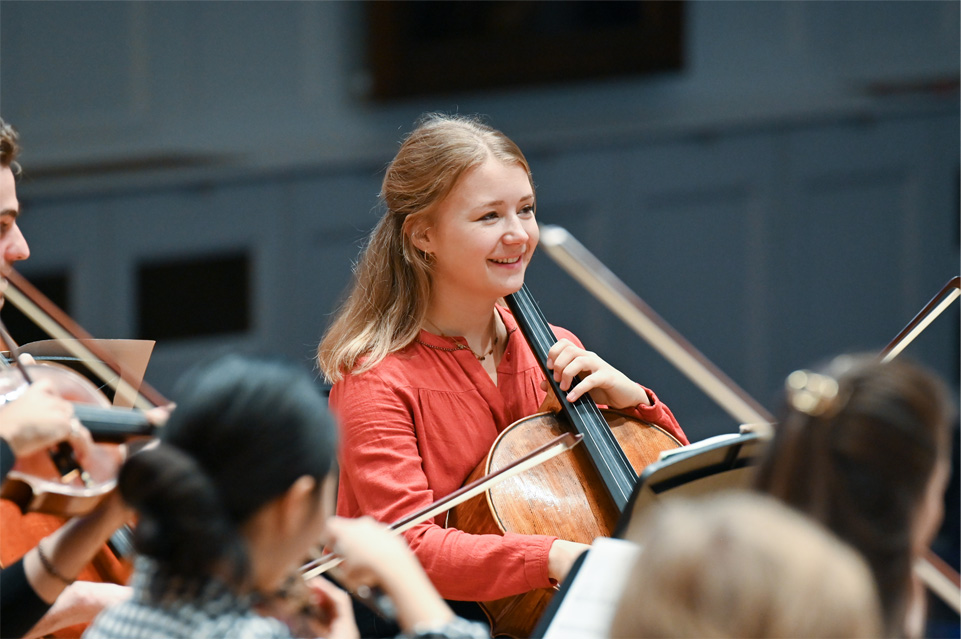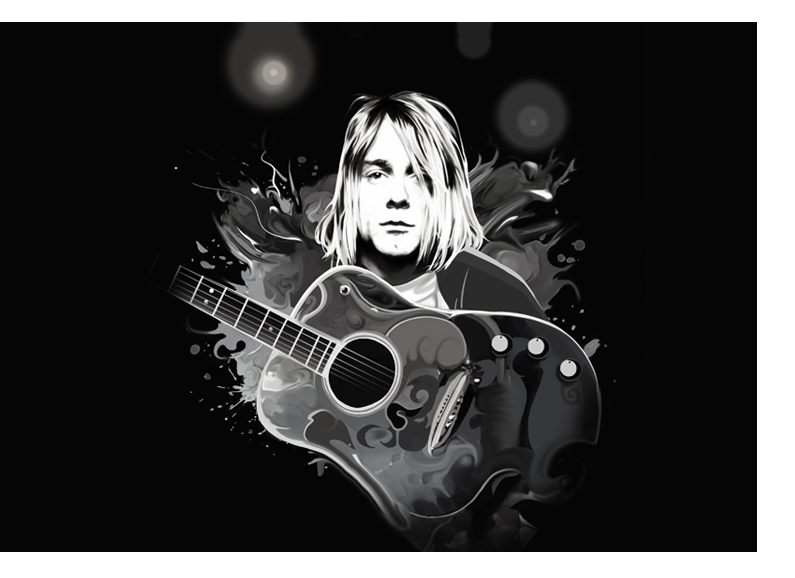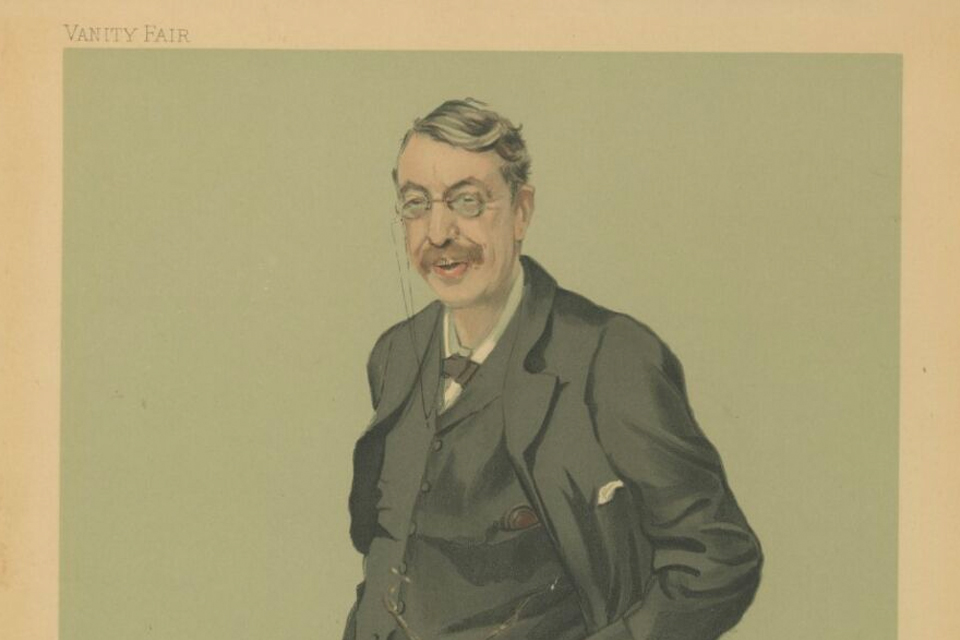‘A sort of splendour’: rethinking Stanford in his centenary year
Share #UpbeatOnline
When it comes to musical innovation, the name of Charles Villiers Stanford does not immediately spring to mind. With pictures showing a man sporting a generous moustache and austere spectacles framing a piercing gaze, Stanford’s image as a rather fusty figure – with music and teaching style to match – seems as immovable as his famously stubborn opinions.
Yet as we near the centenary of Stanford’s death on 29 March 2024, is it time to reappraise his legacy? After all, without Stanford, the Royal College of Music as we know it might not exist.
From Dublin to Cambridge
Born in Dublin to a family of lawyers, Stanford seemed destined for the legal profession, but his love of music soon took over. He became an organ scholar at Cambridge, where his passion for composition threatened to derail his main degree in the classics. Stanford quickly established himself and soon attracted prestigious figures to perform at the Cambridge Music Society. He would go on to be made Professor of Music there – but just a few years earlier, in 1883, Stanford joined the staff of a new conservatoire in London: the Royal College of Music, where he would teach for the rest of his life.
[image1]
Bringing opera to the RCM
The Royal College of Music was set up to replace the National Training School for Music, with founder-director George Grove determined that the College should equip musicians for orchestral roles. Stanford was one of Grove’s main allies: he wanted student composers to hear their works performed by high-quality College orchestras.
One of Stanford’s most significant contributions to the RCM was his foundation of an opera class, which soon led to an annual production being staged. It is impossible to imagine the College today without its magnificent Vocal & Opera Faculty and regular operatic productions, and it is partly thanks to Stanford that these quickly became a core part of RCM life.
An awe-inspiring teacher
Stanford, who began teaching at the Royal College of Music while in his 30s, cut an awe-inspiring figure, and his list of students reads like a who’s-who of British musical figures: Arthur Bliss, Frank Bridge (who would later teach Benjamin Britten at the College), George Butterworth, Rebecca Clarke, Samuel Coleridge-Taylor, George Dyson, Ivor Gurney, Gustav Holst, Herbert Howells, John Ireland, Ernest Moeran and Ralph Vaughan Williams, among others. Holst held Stanford in high esteem, describing him to Howells as ‘the one man who could get any one of us out of a technical mess’.
[quote quote="His personality had a sort of splendour, as if the hero of a fairy-tale, incredibly gifted, miraculously omniscient, had strolled unconcernedly into a world of ordinary mortals." author="Sidney Peine Waddington, ’Stanford in the Early Days’, RCM Magazine, May 1933"]
[image2]
Renaissance man?
A gifted and versatile musician, Stanford was integral to the so-called ‘renaissance’ in British music at the end of the 19th century. And as a teacher, some of Stanford’s ideals feel surprisingly contemporary. He championed one-to-one tuition – which is still at the heart of College teaching. He expressed concern for students having enough opportunities in the UK after graduating. And he fought for the secure establishment of a national opera.
He also had no time for political bluster about supporting the arts without real backup. After the prime minister William Gladstone spoke at an early meeting on the formation of the Royal College of Music, Stanford observed that Gladstone had ‘concealed the vaguest of nothings under a cover of the most facile verbiage. He blessed the proposal and emphasised the love for music in the country, while keeping free of any suspicion of tangible support’.
Stanford’s attitudes may have been firmly rooted in tradition, but his feistiness speaks of someone who cared deeply about high standards in music education and the wider British music scene.
In this centenary year, then, it seems fitting to rethink Stanford’s legacy and celebrate his finest output. The RCM’s Artistic Director Stephen Johns certainly thinks so: ‘Time may have been less kind to Stanford’s larger scale pieces, including the operas and the symphonies, but generations of choral singers have always recognised and revered the composer’s beauty of construction and emotional revelations encapsulated in his perfectly formed liturgical works.’
[image3]
Martyn Brabbins on recording the Requiem
Prince Consort Professor of Conducting Martyn Brabbins is another prominent advocate of Stanford’s music, especially his neglected Requiem, the autograph score of which resides in the RCM Library. Brabbins conducted a recording of Stanford’s Requiem in 2022, released to widespread critical acclaim last year, and offered Upbeat magazine the following insight into the work.
[quote quote="In every way, I found the Stanford Requiem to be an absolute delight. Each movement reveals a composer of immense skill, and more importantly perhaps, of authentic and inspired imagination. Stanford’s restraint and considered response to the Requiem text gives the work a very special atmosphere – of devotion perhaps. The vocal writing for the solo quartet is very mature, for the chorus both powerful and beguiling, and the orchestra underpins the whole with colourful support – always amplifying the emotional journey Stanford is expressing. This was an important discovery for me, and the Requiem is a piece I am very keen to perform again." author="Martyn Brabbins"]
[image4]
Stephen Johns on Stanford
’Stanford’s church music has been with me all my life, ever since I was a chorister at Llandaff Cathedral in Cardiff. The settings of canticles (Magnificat and Nunc Dimittis, performed at evensong) were known by composer and key. Stanford in B-flat, Stanford in C, Stanford in G and Stanford in A were shorthand for some of the most moving and satisfying settings we ever performed. Stanford’s music appealed hugely to young choristers: eminently and enjoyably singable, with wide-ranging melodic lines underpinned by dramatic harmony and rhythm, supported by the full range of the organ. Stanford in B-flat launches the choir headlong into a waltzing whirlwind. Stanford in C is majestic and powerful. Stanford in G was the pinnacle for any young treble soloist, with the organ’s Schubert-like accompaniment and the gentle harmonies of the lower voices.
’There was a nice personal link, too, when I became organ scholar at Trinity College, Cambridge. Stanford had been organist there, while also one of the founding professors of the Royal College of Music. When he left Trinity, he composed three motets for Alan Gray, his successor, and the chapel choir. The final of the three, Beati quorum via, unfolds in its six parts into a heartfelt and reverent supplication, each individual part of its own particular beauty, the whole combining into a miniature masterpiece, revealing both Stanford’s mastery of choral writing and a touching sensitivity.’
Find Out More
Royal College of Music alumnus Luke Whitlock has produced a new Composer of the Week series on Stanford for BBC Radio 3, broadcast in late March.












